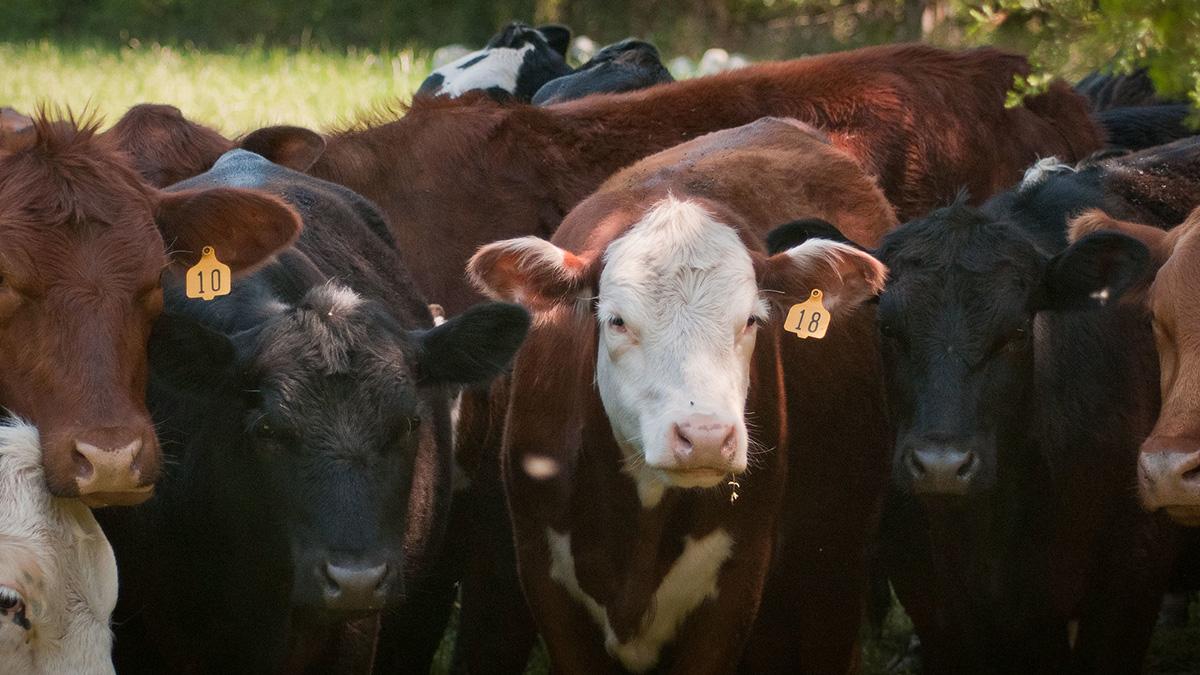USDA/Flickr (Public Domain)
This column was published by Nebraska Farmer on March 10, 2022, and is excerpted here with permission.
Economic recovery and growth since the onslaught and disruptions of COVID-19 have helped raise prospects for beef producers and other livestock producers in 2022. However, producers continue to face challenges from COVID-19 impacts, and now face other challenges as conflict in Ukraine plays out on the global economy.
Amid these economic opportunities and challenges, beef producers remain engaged in the discussion and development of policy issues. While producers and producer organizations focus on policy issues and proposals, a cohort of students at the University of Nebraska-Lincoln is honing its policy focus as part of the Nebraska Beef Industry Scholars program in UNL’s College of Agricultural Sciences and Natural Resources.
The NBIS program’s 13th class of scholars is working through its final semester in a course focused on beef policy issues. The group traveled to the 2022 Cattle Industry Convention in February to participate in policy discussions, bringing back several topics for further focus and discussion. The list reads not only like an assignment for class, but also as a map for the whole beef industry for 2022 and beyond.
Cattle marketing
One of the biggest and longest running issues of discussion is the broad area of cattle marketing. Concerns about market competitiveness, price spreads and concentration in the meat processing sector date back more than 100 years to a previous era of concern, and ultimately the implementation of the Packers and Stockyards Act and regulatory activity that continues today.
Recent market shocks, including COVID-19 constraints on packing capacity, have reignited the debate as cattle prices suffered even as beef prices at the retail counter climbed.
The issues of today include a focus on price discovery and transparency, and the question of whether cash market negotiations are sufficient to establish a competitive market price. The level of cash negotiations has declined substantially over time as the use of alternative marketing arrangements or formula contacts have grown.
The contracts provide benefits to producers and to packers in the form of market risk management, supply chain coordination and potential quality incentives, but they also come with costs to the broader market if there are not enough negotiated cash trades to establish a competitive base price.
Current policy proposals include efforts to establish required minimum levels of cash trade, increase market price reporting information and develop a public library of cattle-marketing contracts to increase information available to market participants.
Additional policy efforts go directly to the capacity question with support and incentives for the development of additional small to midsize packers across the country
Read Full Article at Nebraska Farmer